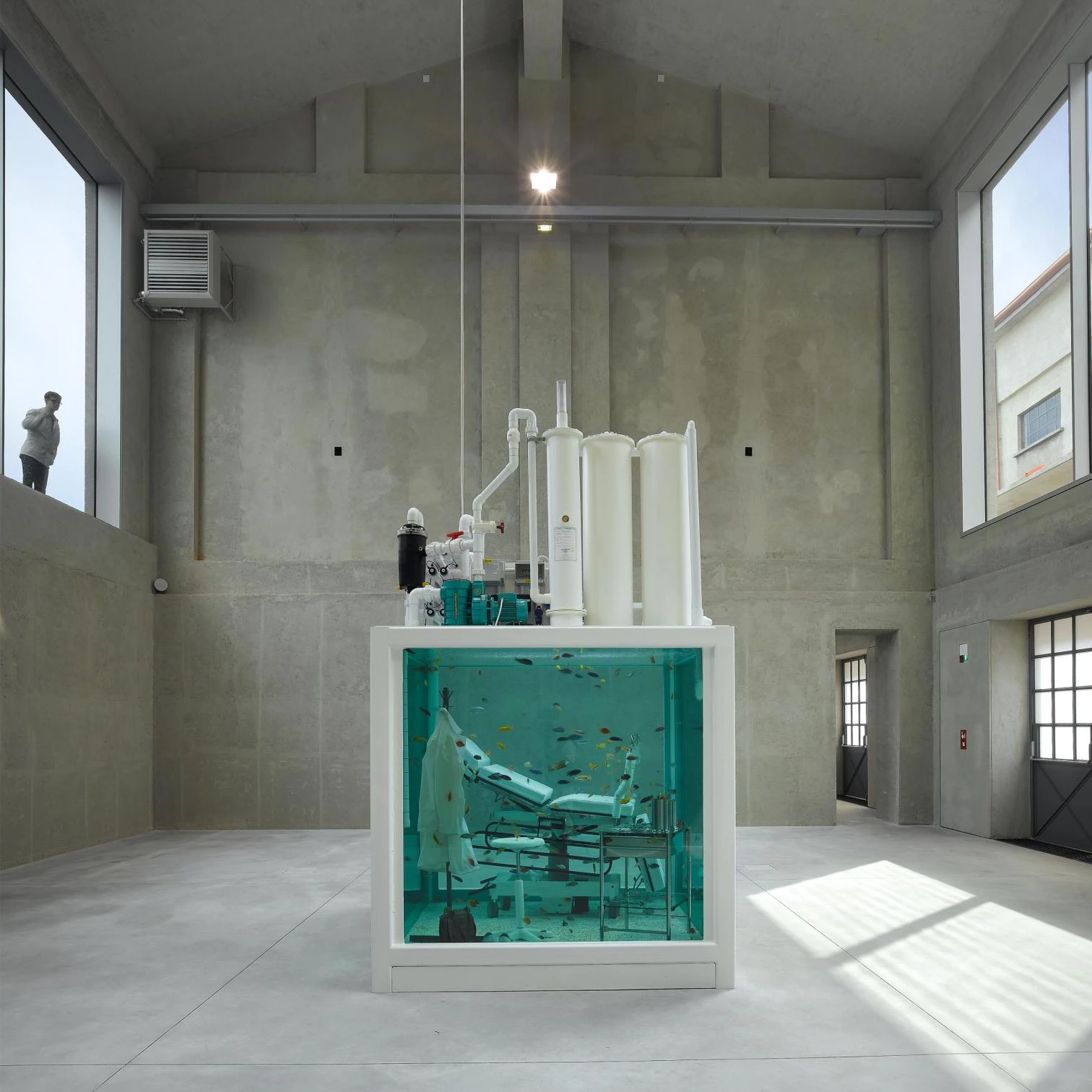
Contemporary art has moved from the white cube to the factory. The abstract purity of the halls deemed most appropriate to display the art of our time has been replaced with the sturdy materiality and the industrial atmosphere of the latest generation of museums. As much the colossal scale of sculptures and installations as the production methods or the everyday materials of many of the pieces exhibited demanded environments of this kind, and in fact a large number of art institutions have chosen to move into obsolete factories. But even new art buildings evoke, with the dry emphasis or the severe firmness of their construction, functional rather than symbolic spaces, where one imagines the roar of machines rather than the rumor of steps. Just as the stately halls of ancient art were abandoned in the past, today the hermetic prisms of the avant-gardes are being left behind.
Far from being understood as chests that custody and display precious objects, the institutions of the latest art are conceived as gathering places, active agents of social change, and spaces for the production of messages, meanings, and narrations, where the arts system is legitimized by becoming part of the collective realm. Factories of ideas and performance stages, the museums and foundations of recent art hope to become tools of local identity and nodes of a global network that shares experiences and activities, trying to reconcile the political vocation of many of its actors with the inevitable constraints of the art market. Often promoted by tycoons or patrons that wish to perpetuate their name or display their generosity, these precinctsof the arts perform a public service that is never easy to articulate without abrasive friction with their private origin.
Factories indeed, but always hesitant between artifact and artifice, the institutions of contemporary art combine their productive condition with their scenographic nature, and very many of them have managed to go beyond the narrow boundaries of the conventional Kunsthal to become social containers, as perhaps befits the artistic expression of our time. Located in four world cities of heterogeneous cultural life – New York, Miami, Milan, Shanghai –and associated with very different collectors, from the mythical Gertrude Vanderbilt Whitney or the controversial Jorge M. Pérez to couples like Miuccia Prada and Patrizio Bertelli or Liu Yiqian and Wang Wei, the four buildings included here have in common the interpretative genius of their architects, all of which have known how to put the different sites and programs at the service of people and the arts.





